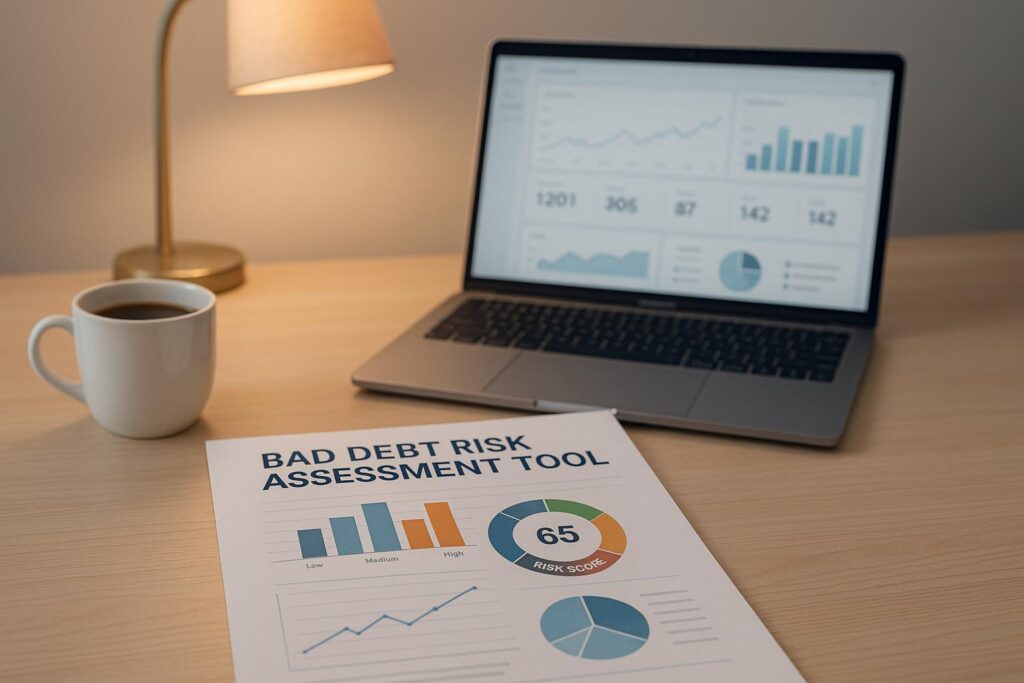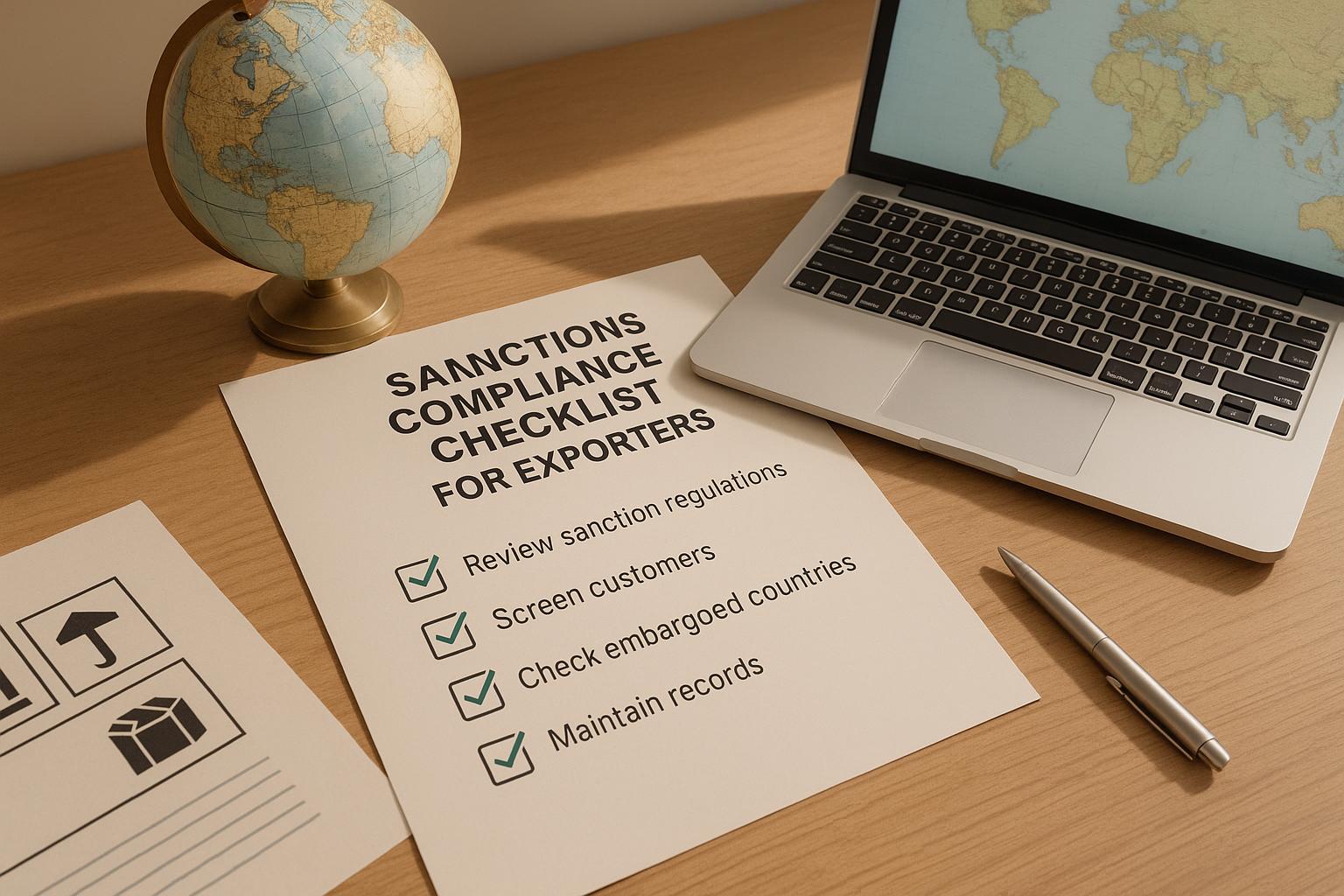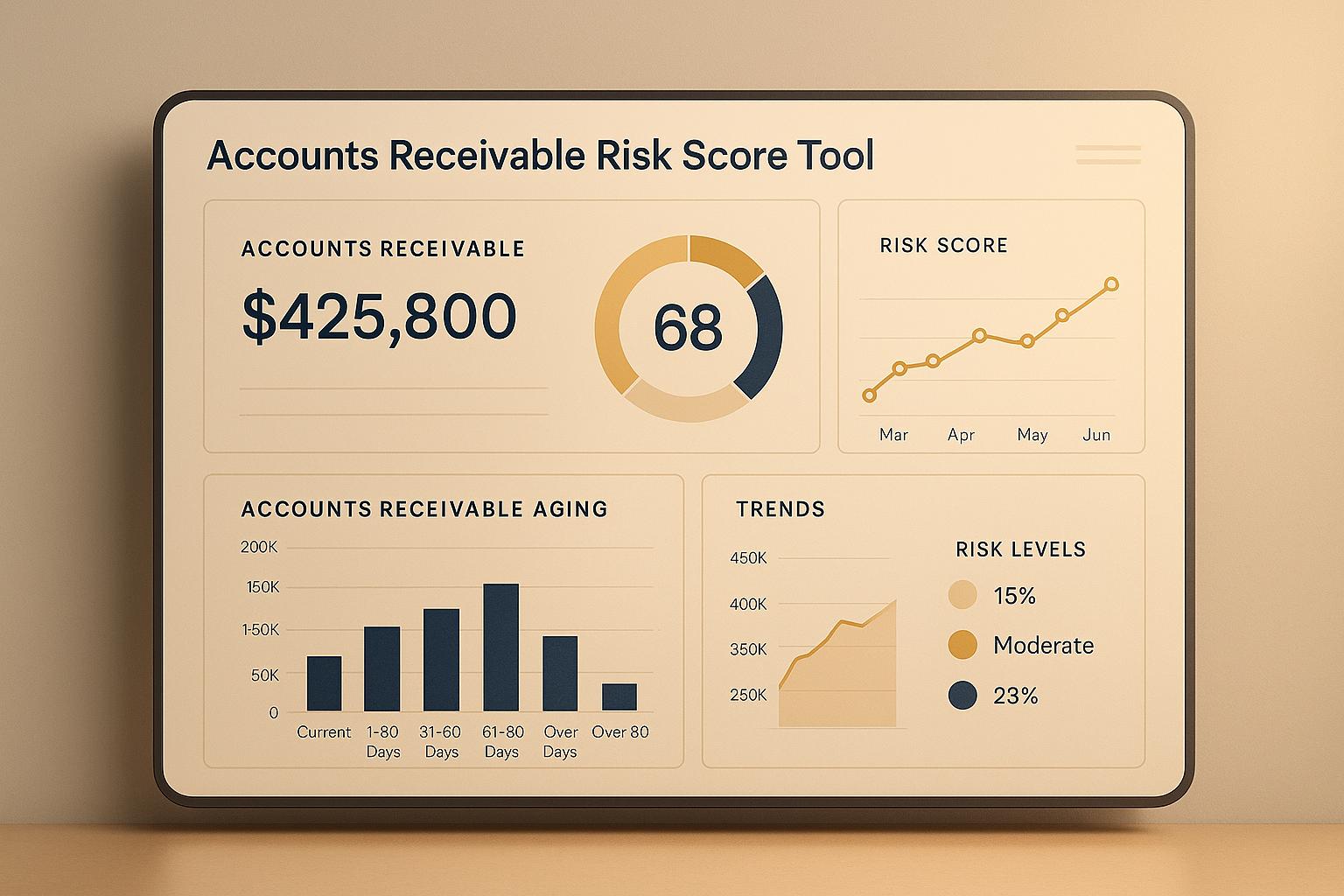Protect Your Business with a Bad Debt Risk Assessment
Running a business comes with plenty of challenges, and one of the biggest is ensuring you get paid on time. Late or unpaid invoices can disrupt your cash flow, making it tough to cover expenses or invest in growth. That’s where a tool to evaluate payment risks becomes a game-changer. By analyzing key financial metrics, you can uncover potential issues before they spiral into bigger problems.
Why Assessing Client Payment Risk Matters
Every business deals with accounts receivable, but not every client pays promptly. Factors like delayed payments, a high percentage of overdue balances, or relying too heavily on a single customer can quietly increase your financial exposure. A strategic evaluation of these elements helps you stay ahead of the curve. It’s not just about identifying trouble spots—it’s about taking control with informed decisions, whether that’s adjusting credit terms or prioritizing follow-ups.
Take Action Today
Don’t wait for payment issues to catch you off guard. Using a reliable assessment resource, you can gauge your risk level and get tailored insights. Protect your revenue by staying proactive and keeping your finances in check.
FAQs
What does the risk score mean for my business?
The risk score, ranging from 0 to 100, reflects the likelihood of facing unpaid invoices based on your input data. A score of 0-30 means low risk, so your cash flow is likely safe for now. Scores between 31-60 indicate medium risk, suggesting you might want to tighten credit terms or follow up on overdue payments. A high risk score of 61-100 signals potential trouble, often due to factors like delayed payments or over-reliance on a single client. Use this as a heads-up to take action.
How accurate is this bad debt risk tool?
Our tool provides a solid estimate based on the data you input, like overdue invoice percentages and client concentration. It uses a weighted calculation to highlight key risk factors, but it’s not a crystal ball. Real-world variables, like sudden client issues or market shifts, can still play a role. Think of it as a starting point to identify red flags and guide your financial decisions, not a definitive prediction.
What can I do if my risk level is high?
If your risk level comes back as high, don’t panic—there are steps you can take. Start by reviewing overdue accounts and reaching out to clients with late payments. Consider diversifying your client base if you’re too dependent on one big account. You might also tighten credit policies or require upfront deposits for new clients. The analysis provided with your score will point out the biggest contributors to your risk, so focus there first.



